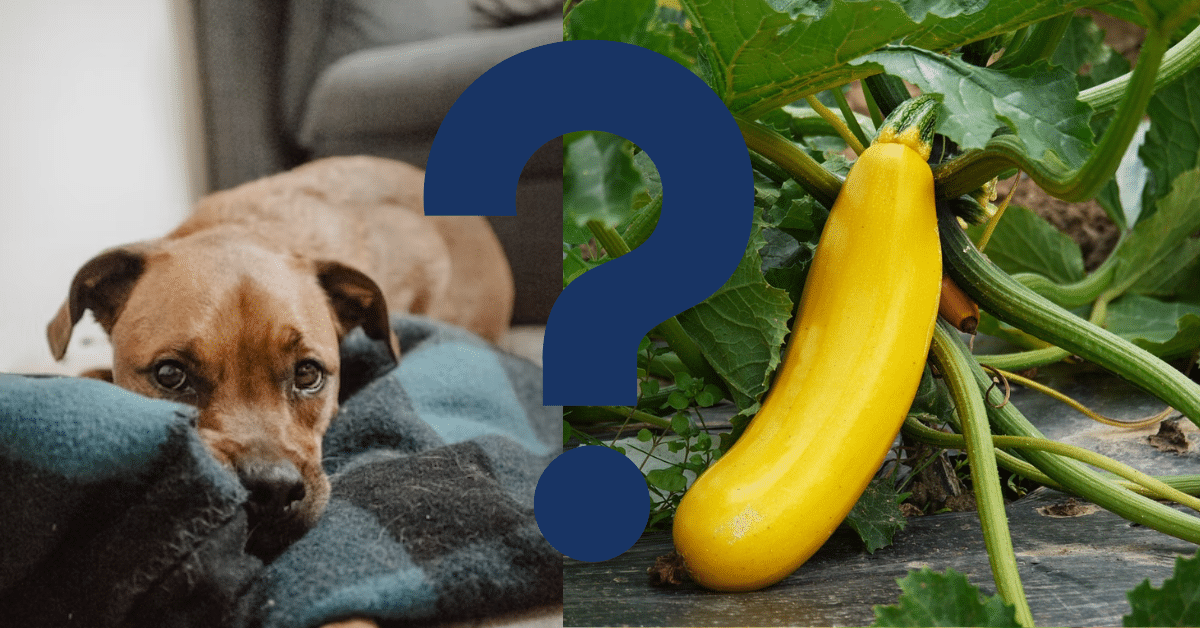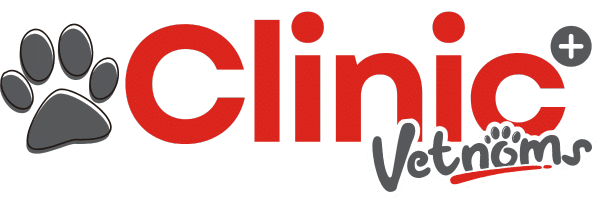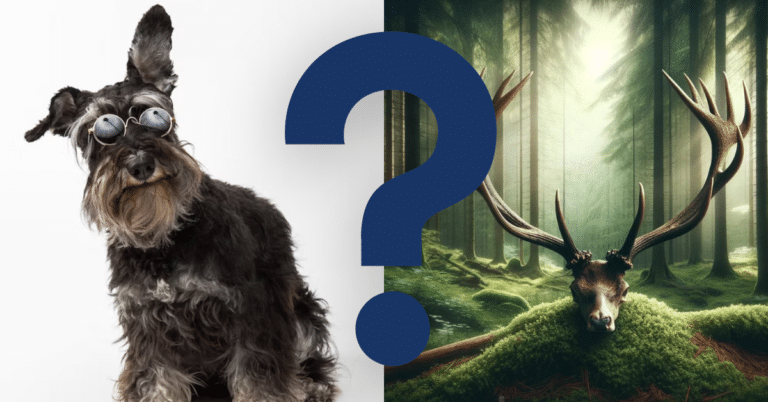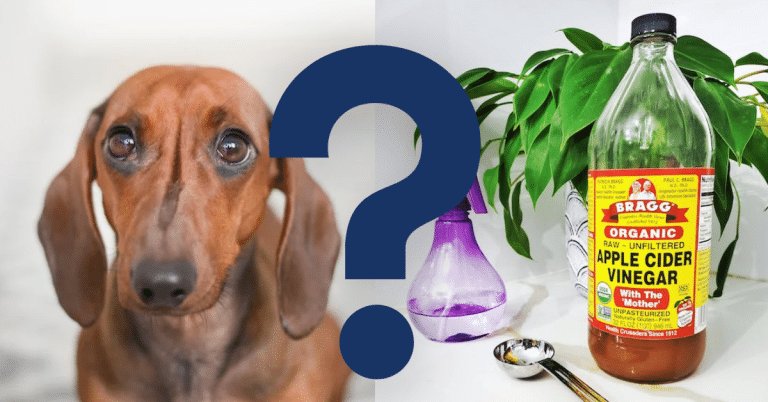Can Dogs Eat Yellow Squash? A Vet’s Opinion

Yellow squash is a summer squash with yellow skin and mild, soft flesh that is popular in cooking, but can you feed yellow squash to your dog?
Yes, yellow squash can be eaten by dogs. It is non-toxic and safe for them. Yellow squash is low in calories and high in vitamins A, C, and B6, as well as fiber, which are suitable for dogs. It should, however, be consumed in moderation and boiled or steamed without any additional flavors or oils. Dogs may have difficulty digesting raw squash. Before introducing new foods into your dog’s diet, consult a veterinarian to confirm they are appropriate for their needs.
Benefits Of Yellow Squash For Dogs
When yellow squash is included in a dog’s diet, it can provide various benefits:
Essential Nutrients
Yellow squash is low in calories and high in vitamins A, C, and B6, all of which help dogs’ overall health and immune function.
Dietary Fiber
Yellow squash includes nutritional fiber, which assists digestion, promotes regular bowel movements, and can help dogs avoid constipation.
Support For Hydration
Yellow squash has a high water content, which can help dogs stay hydrated and maintain their overall water balance.
Antioxidant Properties
Antioxidants in yellow squash, such as vitamin C and beta-carotene, can help neutralize damaging free radicals and lessen oxidative stress in a dog’s body.
Weight Control
Because yellow squash is low in calories and fiber, it is an excellent addition to a weight-control diet for overweight or obese dogs.
Digestive Health
The fiber in yellow squash can help maintain a healthy digestive tract by encouraging regular bowel movements and lowering the risk of digestive disorders such as constipation or diarrhea.
Texture And Range
Including yellow squash in a dog’s diet can provide them with a range of textures and flavors, increasing the diversity of their meals and potentially fostering a healthy appetite.
Remember to gently incorporate yellow squash into your dog’s diet while evaluating its specific reaction. Before making any significant changes to your dog’s food or if you have any questions about their specific nutritional needs, always speak with a veterinarian.

How To Safely Give Yellow Squash To Dogs
It is critical to follow the following instructions when feeding yellow squash to dogs to ensure their safety and well-being:
Preparation
Thoroughly wash the yellow squash to eliminate any dirt or residue. Remove the seeds and cut the fruit into bite-sized pieces. To improve digestion and maximize nutrient absorption, it is usually recommended to boil or steam the squash before feeding it to your dog.
Plain Squash
Avoid using flavors, oils, or spices when preparing yellow squash for your dog. Certain flavors or additions can be hazardous to dogs’ sensitive digestive systems. Stick to basic cooked yellow squash with no additional components.
Feed In Moderation
Yellow squash is typically safe for dogs, although it should be given in moderation. Introduce it gradually, starting with small portions, and monitor their reaction. Consuming too much yellow squash may result in gastrointestinal distress or loose stools.
Mix With Regular Food
Cooked yellow squash can be mixed with your dog’s food, such as kibble or prepared meals. It offers diversity and can make their diet more enticing. However, remember that yellow squash should only supplement a well-balanced diet.
Introduce Gradually
When introducing yellow squash to your dog, watch for any signs of allergic reactions. Watch for itching, swelling, digestive discomfort, or behavioral changes. Stop feeding yellow squash and consult a veterinarian if any adverse reactions develop.
Individual Considerations
Each dog is unique, and their nutritional requirements may differ. Evaluating your dog’s overall health, age, size, and special dietary needs is critical. Consult a veterinarian to see if yellow squash is safe for your dog and for personalized recommendations.
Safety Measures
Avoid offering your dog uncooked yellow squash since it can be difficult for them to digest. Remove any seeds or rind that could be a choking danger or be challenging to digest.
While yellow squash can complement a dog’s diet, it should not be the primary source of nutrition. The cornerstone of their meals should be a well-balanced and complete diet that fits their individual nutritional needs. Suppose you have any worries or questions about introducing yellow squash or other food into your dog’s diet. In that case, getting professional advice tailored to your dog’s needs is always better.
Will Yellow Squash Make A Dog Sick?
While yellow squash is generally healthy for dogs, it may cause problems if not handled correctly or if the dog has particular allergies. Here are a few potential issues with yellow squash:
Digestive Issues: Large amounts of yellow squash or introducing it too rapidly into a dog’s diet might induce gastrointestinal discomfort. It can appear as diarrhea, vomiting, or stomach pain.
Allergic Reactions: Although uncommon, some dogs may experience squash allergies or sensitivities. Itching, skin rashes, hives, swelling, and breathing problems are all symptoms of an allergic reaction. Stop eating yellow squash and consult a veterinarian if you notice these symptoms.
Choking Hazard: Dogs should not be given raw yellow squash since it can cause choking, especially if the seeds or rind are present. Before feeding your dog squash, remove the seeds and cut them into small, digestible pieces.
Individual Sensitivities: Just like humans, dogs might have individual food sensitivities. While yellow squash is typically well tolerated by dogs, some may have unique allergies or intolerances that might cause digestive difficulties.
Pesticide Contamination: Before feeding yellow squash to your dog, properly wash it to remove any pesticide residue. Pesticides can be hazardous to dogs, so choose organic squash or wash thoroughly.
Overconsumption: Yellow squash should be used in moderation as part of a balanced diet. Excessive yellow squash consumption can disturb a dog’s digestive tract and potentially cause an imbalance in its overall nutrition.
As with any new meal, introduce yellow squash gradually, monitor your dog’s reaction, and call a veterinarian if you have any concerns. They can give you personalized recommendations based on your dog’s health needs, ensuring your dog’s safety and well-being.
Can dogs eat yellow squash variations?
Dogs can eat a variety of yellow squash varieties, including:
Yellow Crookneck Squash: A popular yellow squash with a curled neck and smooth skin. Yellow crookneck squash is healthy for dogs to eat when cooked or steamed.
Yellow Straight Neck Squash: Like crookneck squash, yellow straight-neck squash can be eaten by dogs when properly cooked or steamed.
Yellow Zucchini: Also known as golden zucchini, yellow zucchini is a variety of summer squash with yellow skin and soft flesh. When prepared, it is safe for dogs to consume.
Pattypan squash: Also known as scallop squash or sunburst squash, it comes in various colors, including yellow. Cooked pattypan squash is safe for dogs to consume.
Yellow Summer Squash: Yellow summer squash is a catch-all word for various varieties of yellow squash. When cooked, wide squash varieties, including crookneck, straight neck, and zucchini, are suitable for feeding dogs.
Always boil or steam the yellow squash varieties before giving them to your dog. Raw squash can be challenging to digest in dogs and might cause intestinal distress. Additionally, when cooking the squash for your dog, avoid using any sauces or chemicals, as these might be toxic. Keep an eye on your dog’s reaction and see a veterinarian if you have any questions regarding certain squash varieties or their compatibility with your dog’s diet.

Vet’s Summary
Yellow squash can be a nutritious and safe supplement to a dog’s diet. It is low in calories, vitamins, and dietary fiber, which aids digestion and keeps the bowels regular. However, care should be taken to avoid gastric discomfort and allergic responses. Yellow squash should be cooked or steamed without flavors or additives and consumed in moderation. Monitoring the dog’s reaction and seeking personalized guidance from a veterinarian is critical.
Recommendation: Besides introducing yellow squash into a dog’s diet, owners should consider providing probiotic pills. Probiotics can assist in promoting digestive health by encouraging the growth of good gut flora. They can help with digestion, alleviate gastrointestinal disorders, and boost the immune system. Probiotics can be especially beneficial if the dog suffers from digestive discomfort or has a history of gastrointestinal difficulties. However, before beginning any new supplements, speak with a veterinarian to identify the right type, dosage, and duration of probiotics for the individual dog’s needs. The veterinarian may examine the dog’s health concerns and advise on safely and efficiently incorporating probiotics into the dog’s overall wellness plan.
Videos To Watch
If you are wondering what related foods are good to give your dog, watch this:
And if you want to know what a dog can NOT eat, watch this:






